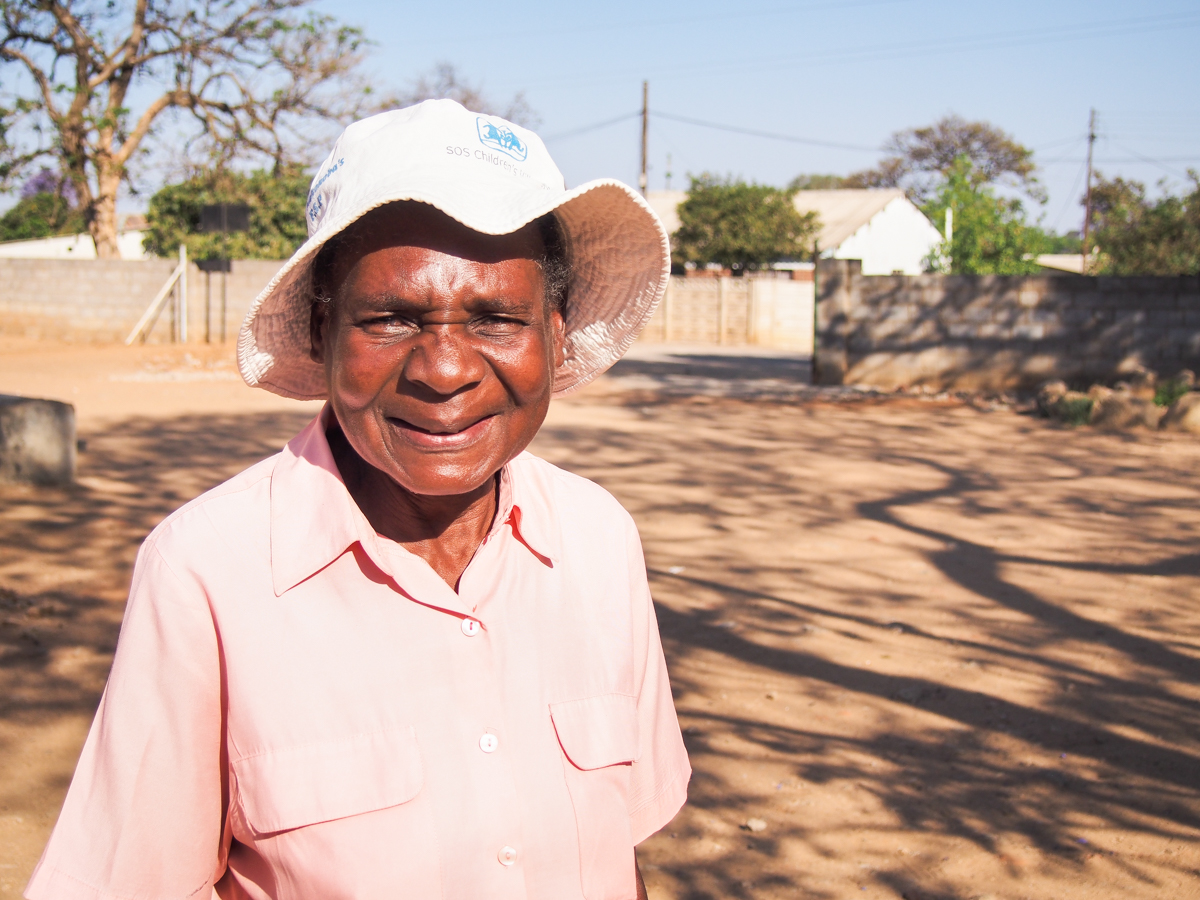Speaking with Gladys Mugabe is like turning the pages of a Zimbabwean history book. She readily reflects on the early days of the country’s independence in the ‘80s; the prosperous days of the early ‘90s, when the industrial sector of Bulawayo—her home and Zimbabwe’s second largest city—was thriving; and the late 2000s, when the former “breadbasket of Africa” became infamous for bread lines.
Zimbabwe has experienced a number of shocks to its economy in recent decades, including controversial land reforms, the demolition of urban slums, drought, and hyperinflation. In 2008, monthly inflation neared 80 billion percent; in 2009, Zimbabwe adopted the U.S. dollar in an attempt to restore stability and reverse economic decline.
In some ways, the country appears as a shadow of its former self. Driving through Bulawayo’s business district, you’ll see shuttered factories—some emptied entirely, others inhabited by squatters—street lights that no longer illuminate, and padlocked doors. Against this backdrop of economic collapse stands the mechanism of most Zimbabweans’ survival: the vibrant informal economy.
Continue Reading…























